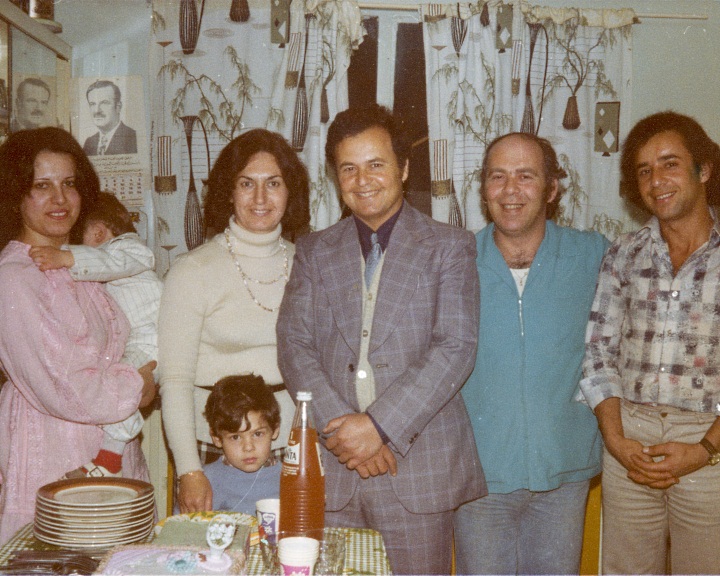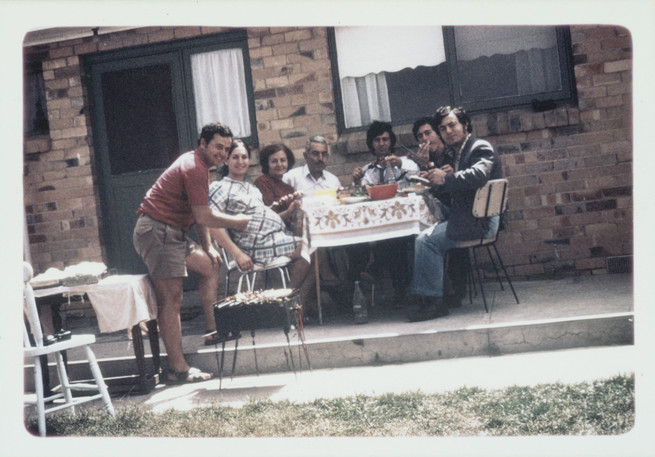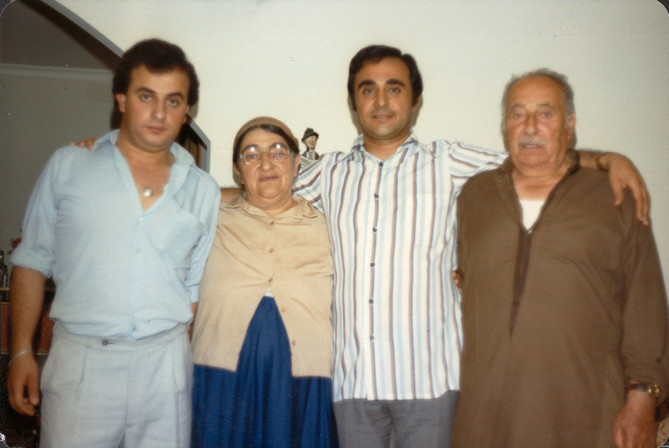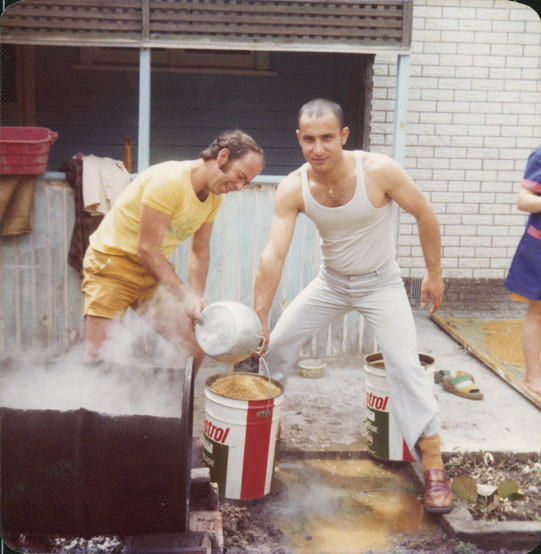Immigration History from Syria to Victoria
Syria-born immigrants in Victoria were first counted in the 1891 census, when the population was 142. Syria then included the semi-autonomous district of Lebanon, and was part of the Turkish-controlled Ottoman Empire. Early Syrian immigrants may have included Christians persecuted by the Ottomans, people escaping economic hardship caused by the opening of the Suez Canal in 1869, and rural workers devastated by droughts and plagues.
The combined population of Syrian and Lebanese settlers in Victoria increased steadily in the early twentieth century, peaking at 401 in 1921. Syria and Lebanon had become independent the previous year, and their populations in Victoria declined until World War II.
After World War II the Syria-born population in Victoria grew significantly, from 67 in 1954 to 403 in 1971. The population increased further during the 1970s and 1980s, during a period of regional military conflict and insurgency against the government. By 1986, 959 Victorians were Syria-born. Within five years the population had increased to 1,519.
In 2011 there were 2,261 immigrants from Syria living in Victoria. The majority today live in Melbourne’s north-west, and are predominantly employed within the retail and manufacturing industries as both labourers and professionals. Three-quarters speak Arabic languages at home. 53% are Christian, mostly Catholic or Orthodox; 35% are Muslim.
The Syria-born community in Victoria is supported by several organisations, including the Syrian Orthodox Church in Melbourne. Melbourne radio station 3ZZZ includes a Syrian Broadcasting Group focussing on social and community-based issues.
Immigration History from Syria (Arabic) to Victoria
جرى في فيكتوريا للمرة الأولى تعداد أوائل المهاجرين المولودين في سوريا في إحصاء عام 1981 حينها كان عددهم 142 شخصاً. وكانت سوريا تضمّ آنذاك لبنان الذي كان يتمتع بحكم شبه ذاتي، وكان جزءاً من الامبراطورية العثمانية. وكان في عداد المهاجرين السوريين الأوائل بعض المسيحيين الذين تعرضوا للإضطهاد على يد العثمانيين، والأشخاص الذين فرّوا من الضائقة المالية إثر افتتاح قناة السويس عام 1869، وعمّال الأرياف الذين تضرّروا من الجفاف وفتك مرض الطاعون.
وسرعان ما ازداد التعداد السكاني المشترك للسوريين واللبنانيين الذين استقروا في فيكتوريا في مطلع القرن العشرين ووصل إلى 401 في عام 1921. وعندما نالت سوريا ولبنان استقلالهما في العام الذي سبقه انحسر عدد السكان إلى حين نشوب الحرب العالمية الثانية.
وبعد الحرب العالمية الثانية، ارتفع عدد السوريين المولودين في فيكتوريا بشكل كبير، من 67 شخصاً في عام 1954 إلى 403 في عام 1971. وازداد عدد السكان في السبعينات والثمانينات خلال الصراعات العسكرية في المنطقة، والانقلابات ضد الحكومات. وبحلول عام 1986 أصبح عدد المواليد السوريين في فيكتوريا 959. وقفز عدد السكان في غضون خمس سنوات الى 1519 شخصاً.
وأصبح عدد المهاجرين القادمين من سوريا للعيش في فيكتوريا 2261 شخصاً. وتعيش الآن غالبية هؤلاء في ضواحي ملبورن الشمالية الغربية، ويعملون بالتجارة والصناعة كعمّال أو حرفيين. ويتحدث ثلاثة أرباعهم اللغة العربية في بيوتهم. وحوالي 53% منهم مسيحيون من كاثوليك أو أرثوذكس، و35% من المسلمين.
لدى الجالية السورية في ملبورن عدة منظمات بما فيها الكنيسة السورية الارثوذكسية. وتبث إذاعة 3ZZZ في ملبورن برنامجاً إذاعياً للجالية السورية يركز على قضايا المجتمع والجالية.




